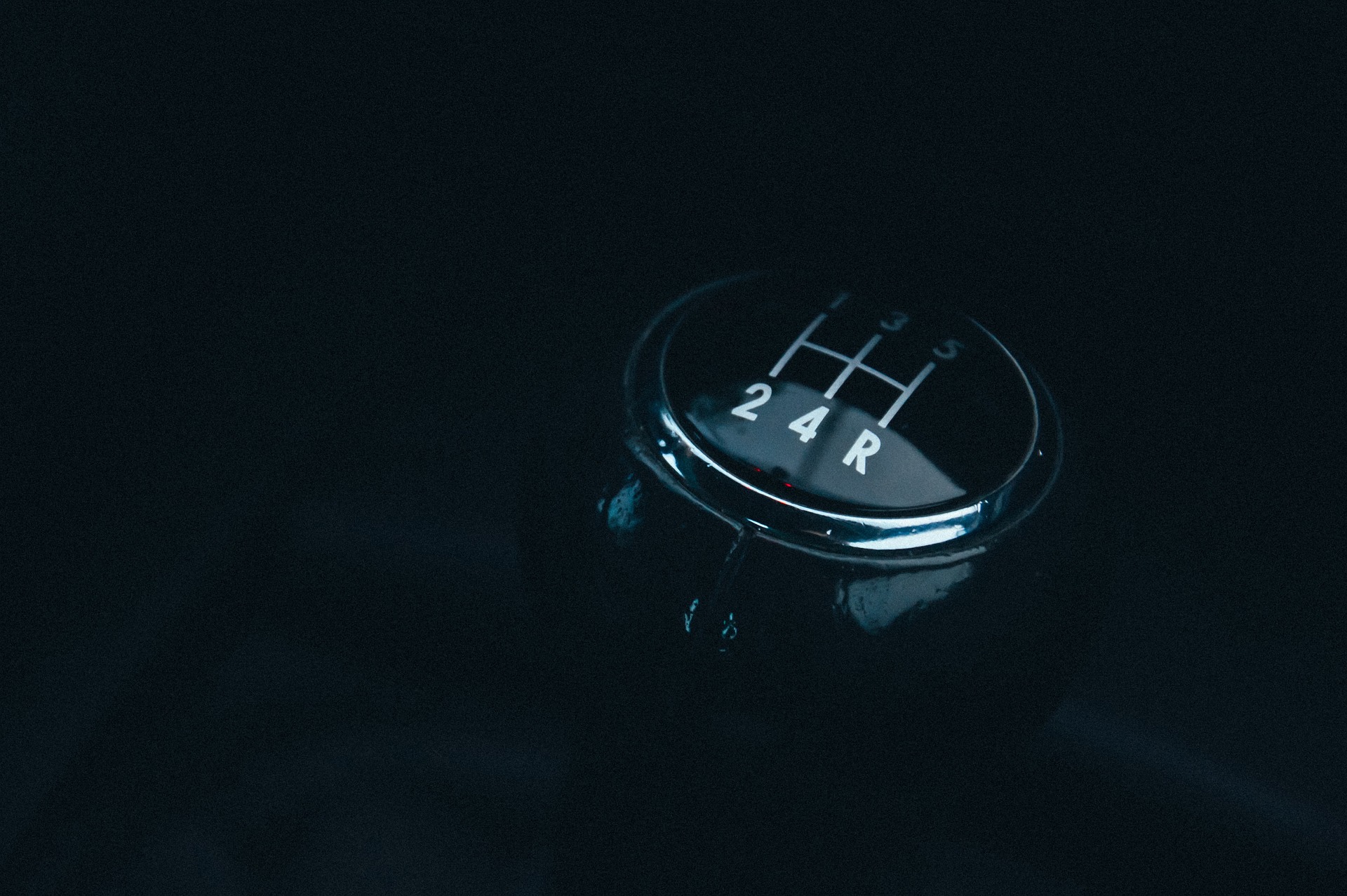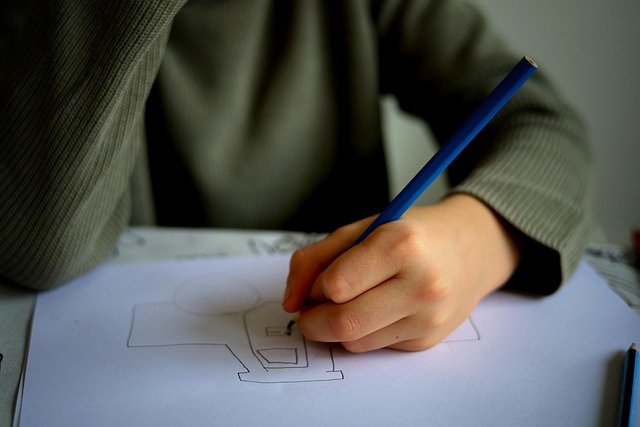The Intricacies and Brilliance of Differential Gear Technology
As you glide through a hairpin turn at speed, your car leaning into the curve with precision, it's easy to forget the complex mechanical ballet happening beneath your vehicle. In this dance, one of the unsung heroes is the differential gear system, a technical masterpiece that balances power between the wheels, enabling your vehicle to navigate corners smoothly. Let's delve into the labyrinth of gears, tracing the evolution of differential technology, its impact on modern driving, and its future directions.

The Genesis of Differential Gear Technology
The concept of a differential gear system dates back to ancient times, with the first recorded application found in Chinese south-pointing chariots around 1st century BC. These chariots used a primitive differential system to keep the statue mounted on them always pointing south, regardless of the chariot’s orientation. However, it took several centuries for this technology to find its way into automotive applications. The first patent for an automotive differential was issued in 1827 to a watchmaker from France named Onésiphore Pecqueur.
The Mechanism of Differential Gears
The differential’s primary function is to transmit engine power to the wheels while allowing them to rotate at different speeds. This is crucial during turns, as the outer wheels have to cover a longer path than the inner ones, requiring them to spin faster. The differential’s ingenious arrangement of gears achieves this balance. It is usually located in the axle housing and consists of a set of rotating gears interconnected in such a way that they can spin at different speeds while transmitting power from the driveshaft to the wheels.
The Impact of Differential Technology on Driving
The introduction of differential gear systems marked a significant turning point in the evolution of automotive technology. Before its advent, vehicles were prone to ‘tire scrub’, where tires dragged or skidded during turns due to their inability to rotate at different speeds. This not only harmed the tires but also compromised control and safety. The differential system eliminated these issues, enhancing maneuverability and driving comfort. Over time, it has become a standard component in almost all vehicles, from everyday cars to high-performance race cars.
Modern Variations and Their Applications
While the basic principle of differential gears has remained unchanged, the system has seen numerous enhancements and variations to suit different driving needs. The open differential, the most common type, is perfect for normal driving but can struggle with traction in slippery conditions. To address this, limited-slip differentials and locking differentials were developed, providing improved grip and control in challenging conditions. More recently, electronic differentials have emerged, using sensors and actuators to optimize power distribution, especially in high-performance and off-road vehicles.
The Future of Differential Technology
As we look ahead, differential technology continues to evolve, driven by advancements in materials, electronics, and computer algorithms. One area of active research is in ‘torque vectoring’ differentials, which can distribute varying amounts of torque to individual wheels, enhancing handling and performance. As automotive technology progresses towards greater efficiency and performance, the humble differential system will continue to play a pivotal role in shaping our driving experience.
In the intricate world of automotive mechanics, the differential gear system stands as a testament to human ingenuity and the power of simple principles to solve complex problems. As you take your next turn, spare a thought for this marvelous piece of engineering that ensures your ride is smooth and controlled.




